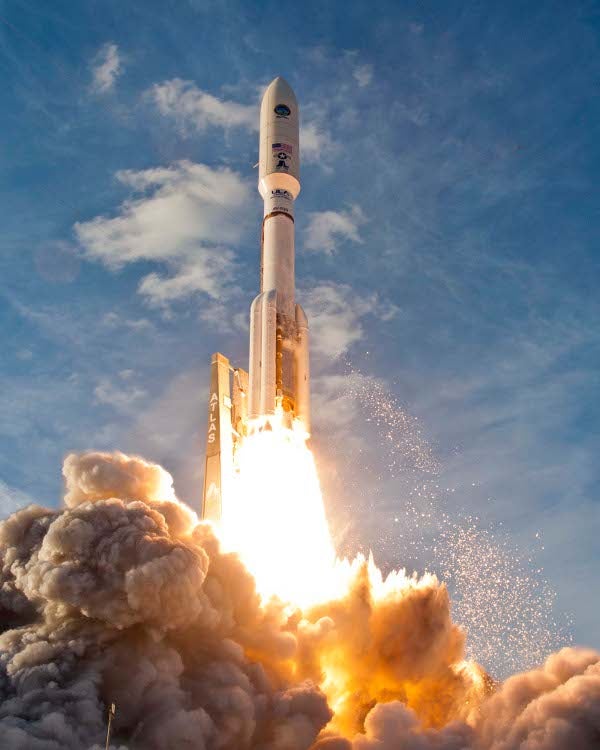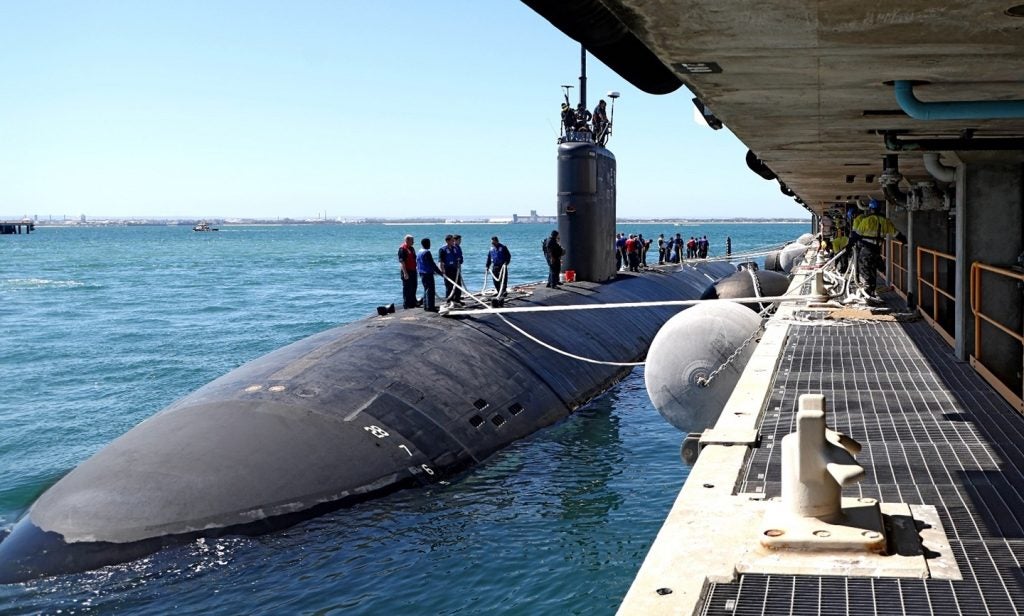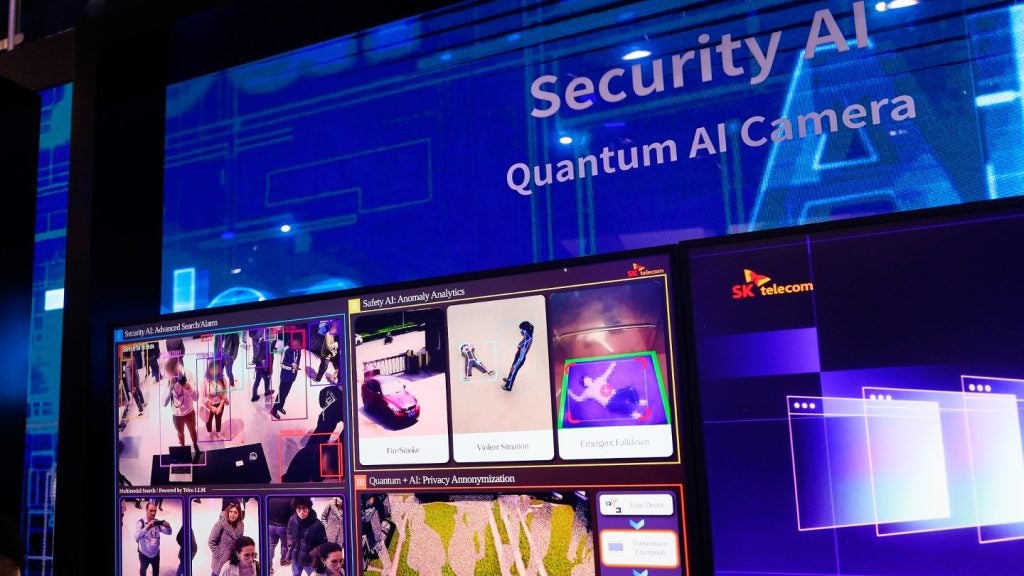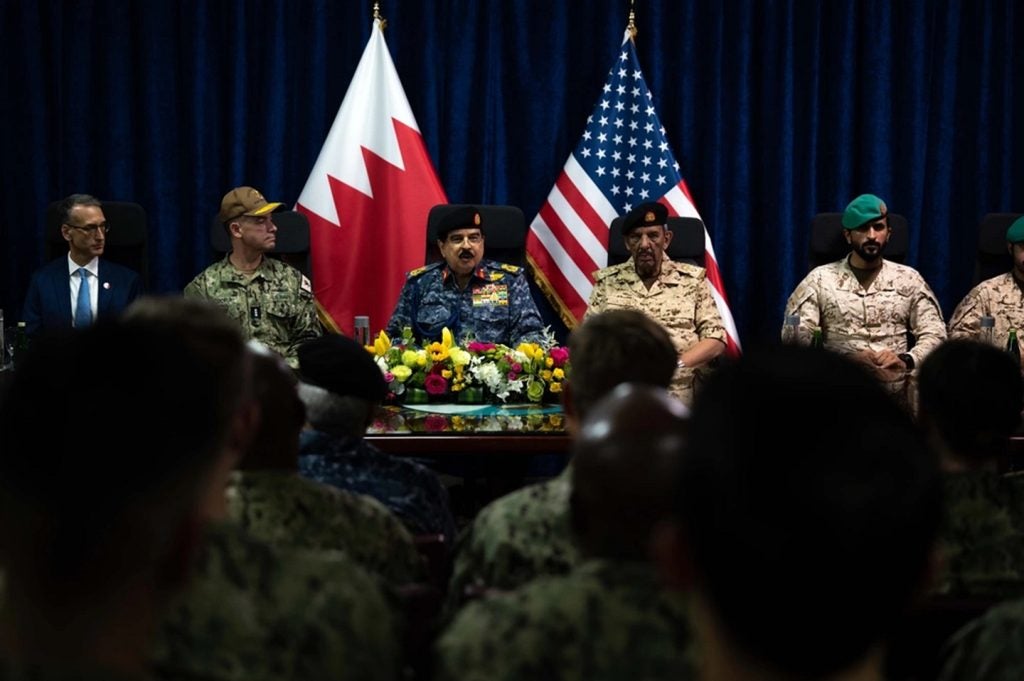 The US Navy’s second mobile user objective system (MUOS-2) satellite has successfully completed thermal vacuum testing, proving the spacecraft’s overall design and survivability during launch and on-orbit operation environments.
The US Navy’s second mobile user objective system (MUOS-2) satellite has successfully completed thermal vacuum testing, proving the spacecraft’s overall design and survivability during launch and on-orbit operation environments.
During the test inside Lockheed Martin‘s dual-entry large thermal altitude chamber, the MUOS-2 spacecraft was tested in a vacuum environment at extreme hot and cold temperatures.
Mark Pasquale, Lockheed Martin vice president and MUOS programme manager, said that building on the success of the first MUOS satellite, the team completed this critical test phase efficiently and affordably to support the customer’s launch schedule.
"Our team is on track to successfully complete final satellite integration and tests this fall," he said.
How well do you really know your competitors?
Access the most comprehensive Company Profiles on the market, powered by GlobalData. Save hours of research. Gain competitive edge.

Thank you!
Your download email will arrive shortly
Not ready to buy yet? Download a free sample
We are confident about the unique quality of our Company Profiles. However, we want you to make the most beneficial decision for your business, so we offer a free sample that you can download by submitting the below form
By GlobalDataThe next-generation narrowband tactical satellite communications system will provide enhanced communications for combatants while on the move.
See Also:
Kevin Bilger, Lockheed Martin Global Communications Systems vice president and general manager, added that the team would expand MUOS capabilities with the launch of the second satellite while the first MUOS satellite is on-orbit, providing improved communication capabilities for the mobile soldier.
In addition to providing assured communications and future narrowband tactical satellite communications, the MUOS will replace the existing ultra-high-frequency follow-on (UFO) system.
The MUOS five-satellite global constellation is scheduled to achieve full operational capability in 2015, while extending narrowband availability beyond 2025.
The initial on-orbit capability will be provided by the first MUOS satellite and related ground system, followed by the second spacecraft launch in 2013.
Lockheed is the prime contractor and system integrator, while the Navy’s Program Executive Office for Space Systems and its Communications Satellite Program Office are responsible for the MUOS programme.
Image: MUOS-1 being launched from United Launch Alliance Atlas V rocket. Photo: courtesy of United Launch Alliance.







